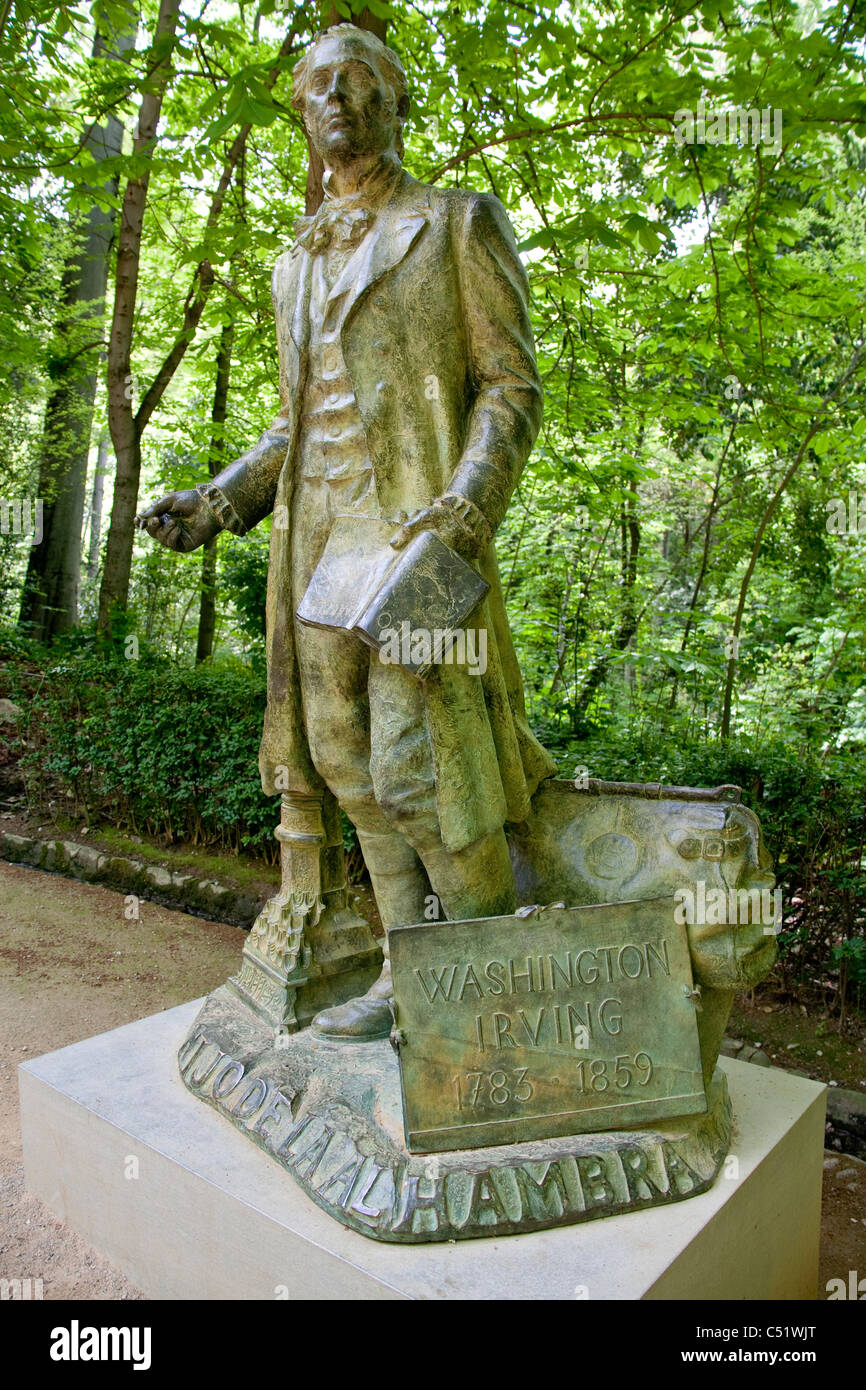


The book combines description, myth and narrations of real historical events, even up through the destruction of some of the palace's towers by the French under Count Sebastiani in 1812, and the further damage caused by an earthquake in 1821. Aided by a 35-year-old guide named Mateo Ximenes, Irving was inspired by his experience to write Tales of the Alhambra. He immediately asked the then-governor of the historic Alhambra Palace as well as the archbishop of Granada for access to the palace, which was granted because of Irving's celebrity status. At first sight, he described it as "a most picturesque and beautiful city, situated in one of the loveliest landscapes that I have ever seen." Irving was preparing a book called A Chronicle of the Conquest of Granada, a history of the years 1478–1492, and was continuing his research on the topic. Shortly after completing a biography of Christopher Columbus in 1828, Washington Irving travelled from Madrid, where he had been staying, to Granada, Spain. As Irving notes in his Preface, "It was my endeavor scrupulously to depict its half Spanish, half Oriental character its mixture of the heroic, the poetic, and the grotesque to revive the traces of grace and beauty fast fading from its walls to record the regal and chivalrous traditions concerning those who once trod its courts and the whimsical and superstitious legends of the motley race now burrowing among its ruins." A must-read for modern-day visitors to the Alhambra, this edition presents a fascinating selection of Irving's observations and stories.Irving lived at the Alhambra Palace while writing some of the material for his book.

The result is this captivating collection of essays, sketches, and tales. During his sojourn, the writer became increasingly enamored of the grand palace and its wealth of history and folklore.

Irving became a guest at the ancient fortress, where he found himself in the company of several colorful inhabitants. While researching a book on the conquest of Granada, he gained access to the Alhambra Palace, which had fallen into disrepair after years of neglect. Upon his 1829 arrival in Granada, Spain, American author Washington Irving was immediately charmed by the city's beauty and picturesque qualities.


 0 kommentar(er)
0 kommentar(er)
